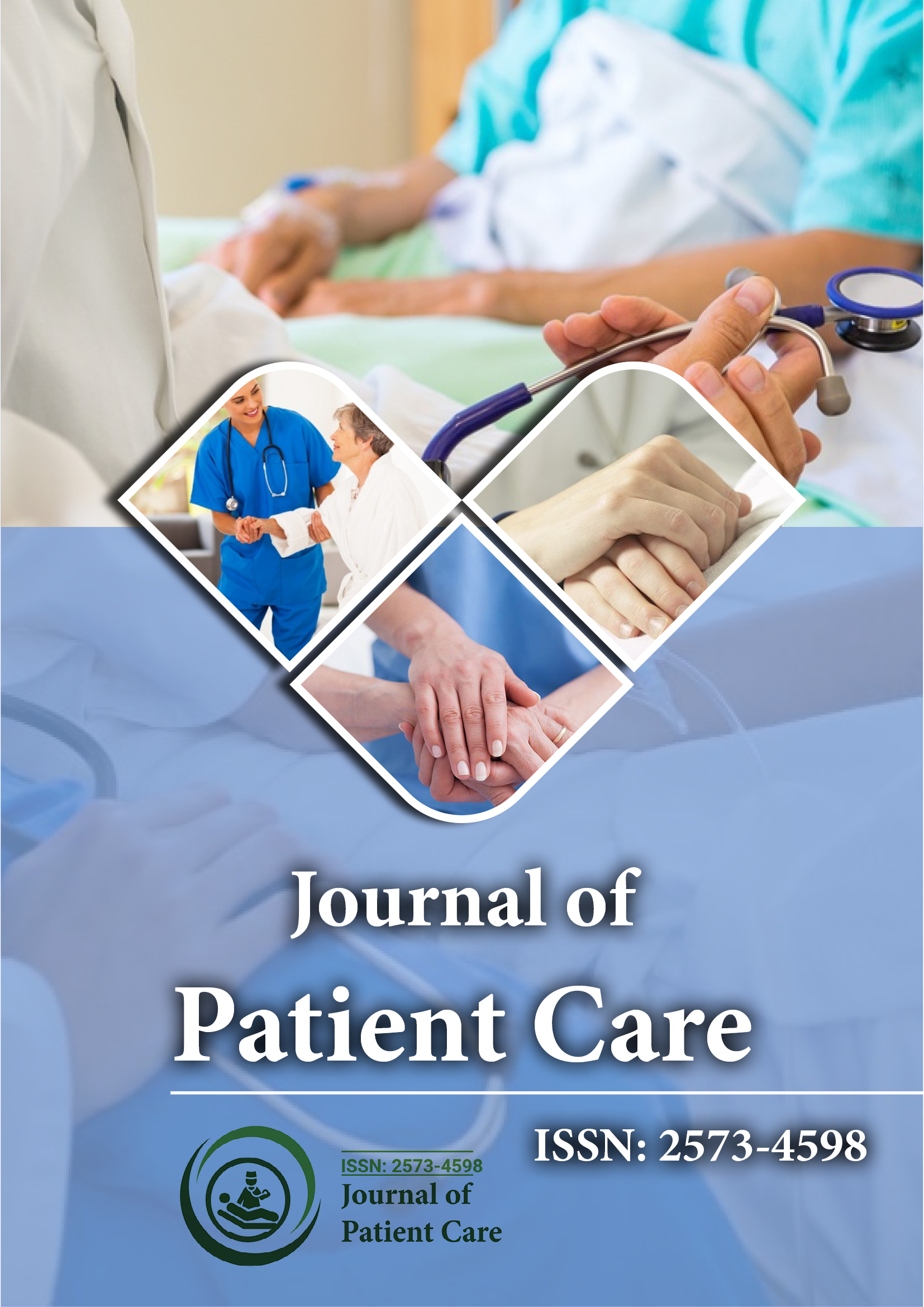Indexado em
- RefSeek
- Universidade de Hamdard
- EBSCO AZ
- publons
- Fundação de Genebra para Educação e Pesquisa Médica
- Euro Pub
- Google Scholar
Links Úteis
Compartilhe esta página
Folheto de jornal

Periódicos de Acesso Aberto
- Agro e Aquicultura
- Alimentos e Nutrição
- Bioinformática e Biologia de Sistemas
- Bioquímica
- Ciência de materiais
- Ciencias ambientais
- Ciências Clínicas
- Ciências Farmacêuticas
- Ciências gerais
- Ciências Médicas
- Cuidados de enfermagem e saúde
- Engenharia
- Genética e Biologia Molecular
- Gestão de negócios
- Imunologia e Microbiologia
- Neurociência e Psicologia
- Química
Abstrato
Efeito do treino de intervenção para aumentar a autoeficácia no estado clínico de saúde de doentes diabéticos com alto risco de problemas nas pernas
Zeinab Hussen Ali
O Egito tem mais indivíduos diabéticos do que qualquer outro país, com uma elevada incidência de problemas nos pés e amputações. Este estudo teve como objetivo avaliar o efeito de um treino de intervenção para aumentar a autoeficácia (SEEIP) no estado clínico de saúde de doentes diabéticos com alto risco de problemas nas pernas. O estudo foi conduzido no ambulatório de diabéticos do Hospital Universitário Especializado Ain-Shams, utilizando um desenho de estudo randomizado controlado. Incluiu uma amostra de 60 doentes diabéticos randomizados, um grupo de intervenção de 30 doentes para participar no programa e um grupo de controlo igual a seguir os cuidados de rotina para diabéticos no ambiente. Os instrumentos de recolha de dados foram uma ficha de questionário de entrevista e um formulário clínico/laboratorial de diabetes, um formulário de avaliação da autoeficácia para doentes diabéticos e uma ficha de avaliação física das pernas. O estudo foi realizado através de fases preparatórias, de avaliação, de planeamento, de implementação e de avaliação. A intervenção de treino consistiu em cinco sessões de aumento de eficácia em intervalos semanais. Para avaliação foram realizados dois pós-testes um e seis meses após o término do programa. O trabalho decorreu de setembro de 2014 a agosto de 2015. O estudo revelou melhorias estatisticamente significativas no grupo de estudo no pós e seguimento nos achados físicos dos membros inferiores (p<0,001), adesão aos medicamentos, mais dias de ingestão de medicamentos, de seguir dieta, praticar exercício físico e praticar cuidados com os pés durante a última semana (p<0,001), perceção de saúde e autoconfiança (p<0,001), hipertensão (p<0,001), glicemia aleatória (p<0,001), glicemia Hb ( p<0,001) e colesterol total (p=0,001). Verificou-se uma correlação positiva estatisticamente significativa entre os scores de autoconfiança e autocuidado dos pés (r=0,96), e entre o número de sinais alterados e o nível de HbA1c, enquanto o número total de sinais alterados se correlacionou negativamente com o score de autoconfiança e autocuidado com os pés. O nível de HbA1c correlacionou-se negativamente com os escores de autoconfiança e autocuidado dos pés. Concluindo, aumentar a autoconfiança e a autoeficácia dos doentes diabéticos pode melhorar as suas práticas de autocuidado, com subsequentes impactos positivos no seu estado de saúde geral e dos pés e no controlo da diabetes. Recomenda-se a implementação de programas de formação para aumentar a autoeficácia com a utilização do folheto ilustrado desenvolvido como auxiliar educacional para doentes diabéticos em risco de problemas nas pernas. Mais investigação é necessária para investigar o efeito a longo prazo de tais intervenções educativas.